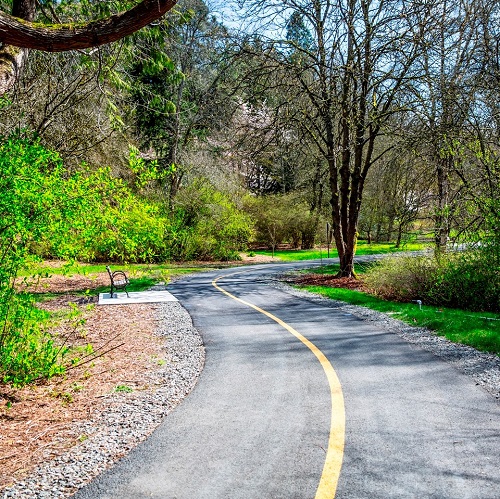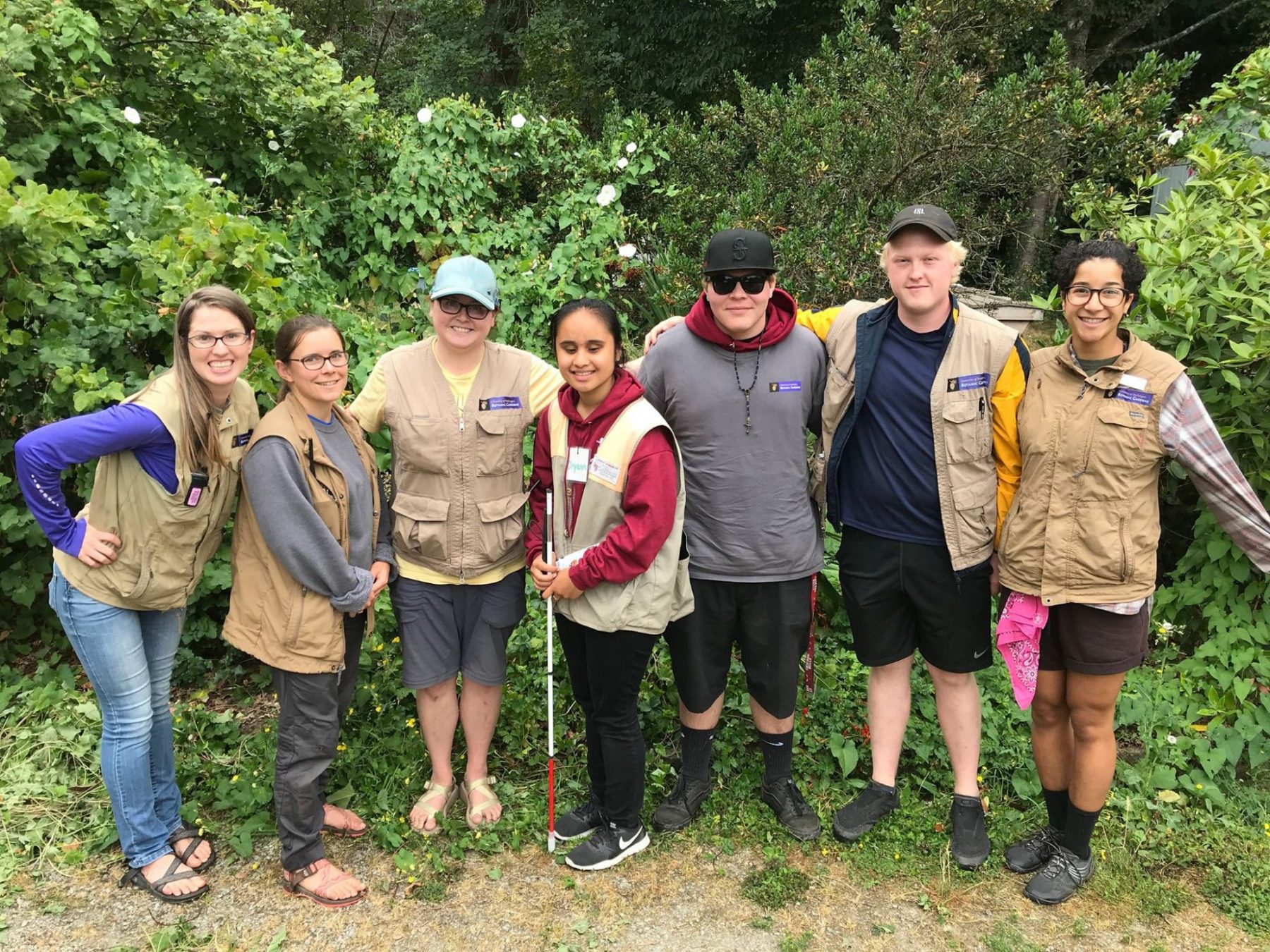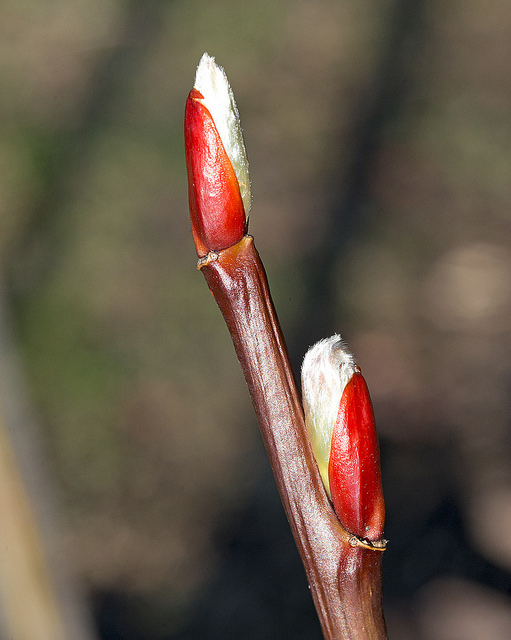We're excited to share the news that UWBG, the Arboretum Foundation, and Seattle Parks & Recreation have been selected to participate in the Central Park Conservancy’s 2022 Partnerships Lab program!
Read more »High Honors for UW Botanic Gardens Community Members: 2019 Great American Gardeners Awards
We are excited to recognize Dr. John Wott, Director Emeritus of UW Botanic Gardens, who has been awarded the 2019 American Horticultural Society Professional Award for his many contributions to the horticultural field throughout his career. We also extend our enthusiastic congratulations to Riz Reyes, UW graduate, former UW Botanic Gardens horticulturist, and current UW Farm volunteer, who was honored with the 2019 Emerging Horticultural Professional Award.
Read more »UW Botanic Gardens weather impacts Friday, Feb. 8 - Sun., Feb. 10
UW Botanic Gardens facilities will be closed beginning at 12:30pm on Friday, February 8, and continuing through Sunday, February 10. Our facilities and programs are being impacted by anticipated inclement weather. Please check back on our Facebook and Twitter pages for updates going into next week. Washington Park Arboretum impacts: The Graham Visitors Center will be closed starting at 12:30pm Fri., Feb.
Read more »Learning About Outdoor Education in Norway
Among the many programs at UW Botanic Gardens, the Fiddleheads Forest School stands out as a unique program for the youngest learners. With the Washington Park Arboretum as its classroom, the outdoor preschool program offers students the opportunity to explore the natural world, learn from experimenting, and practice stewardship of the environment. Fiddleheads Director and Co-Founder Sarah Heller spent a week in Trondheim, Norway in September 2018.
Read more »December 2018 Plant Profile: Agave parryi
This sculptural marvel requires perfect drainage to thrive in Pacific Northwest gardens.
Read more »Summer Camp Staff Nominated for Governor's Award
Our Pre-K summer camp staff has been nominated for the Governor’s Youth Employer Award in recognition of their work this year with students from YES II. Youth Employment Solutions (YES) is sponsored by the Department of Services for the Blind (DSB) and the Washington State School for the Blind to focus on career preparation. YES II is a six week program that provides valuable work and learning experience to high school students.
Read more »Purple Dots: A Dive into the Washington Park Arboretum's Interactive Map
If you’ve spent any time looking through our interactive map of the Washington Park Arboretum, you’ve probably noticed those purple plant dots. While most of the dots denoting different plants in the collection are bright Kelly green, some of them are a festive light purple color. But why? I stumbled on this question while trying to identify a tree that I had taken a picture of when I was wandering through the arboretum a couple weeks ago.
Read more »Two New Ways to Experience the Arboretum
We are excited to introduce two new ways of experiencing the Arboretum. For a more active person, we are offering Arboretum Running Tours. We’ll combine exercise, education, and entertainment on a fun running tour through the Arboretum, one of Seattle’s Olmsted Parks and home to the University of Washington Botanic Gardens’ world-class plant collections. You’ll learn about the history and design of the park, a few choice plants, and traditional or modern uses of various plants along the route.
Read more »January 2018 Plant Profile: Salix fargesii
Species: Salix fargesii Family: Salicaceae Common Name: Chinese willow, Farges willow Award of Garden Merit by the Royal Horticultural Society: 2012 This very attractive willow was “discovered” by Isaac Henry Burkill in 1899 and introduced to the west from central China in 1910 by E.H. Wilson. In 1908 Wilson collected his specimens in the woodlands near Fang Hsien at an altitude of 6000 feet.
Read more »December Plant Profile: Liquidambar styraciflua
Common Name: Sweetgum Family: Altingiaceae Locations: there are 12 of these trees in our collection: for specific locations check our Living Collections database We also have some of the Asian species; Liquidambar acalycina, Liquidambar formosana and Liquidambar orientalis Origin: Eastern, southeast and lower central United States, Mexico and Central America. Height and Spread: to150 feet in the wild and 60-80 feet in cultivation After our last couple weeks of wind storms most of the leaves have been blown from the trees.
Read more »








